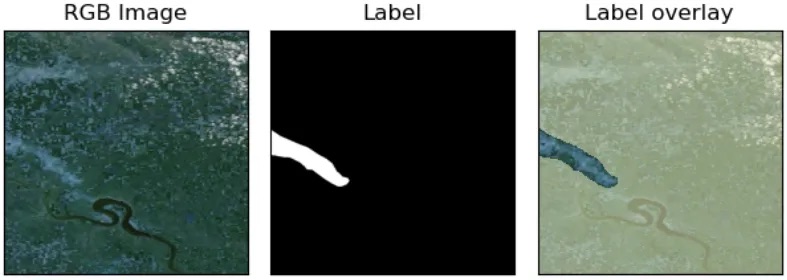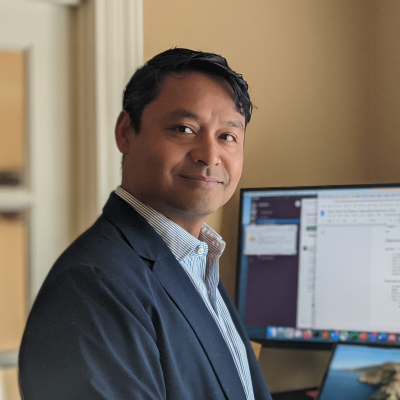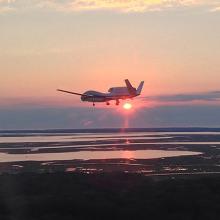Every summer, IMPACT welcomes interns who provide assistance to project teams while gaining valuable work experience. Two of these interns gave us some insight on their work using satellite imagery this summer. Hadeel Farhan, a rising senior at Northeastern University, worked on making commercial satellite data more accessible to the public. Topu Saha used machine learning to find an automated way to analyze and identify hail scars on satellite images.
CSDA Targeted Ordering is a software development project that aims to acquire data from commercial vendors that are available through the Commercial Smallsat Data Acquisition (CSDA) Program program. To make this data more accessible to the scientific community, events and areas of interest are extracted from current event articles found on the web and pushed to an information processing and data ordering system. Hadeel’s project this summer was to create a way to easily access certain parts of an event database which contains information about events, such as tornadoes and floods, along with dates and spatial coordinates. This data was then used in a GUI (graphical user interface) that allows users to select the data extracted from the database for quick visualization.
Hadeel believes this project could be of interest both to people inside and outside the Earth science community.
"We all live on this planet," she says, "so the data collected is relevant to all of us."
The satellite data informs researchers from different fields on topics such as air quality, oil spills, urban development, and fire management. The project also has a user-friendly interface, meaning that anybody will be able to use it to visualize needed data and learn more about topics that interest them.
Using machine learning and deep learning techniques, Topu tried to find an automated way to analyze and identify hail scars on satellite images. Hail storms cause severe damage to vegetation and properties, the cost of which, according to insurance company Aon, can average between $8 billion to $14 billion a year. With this project, the team was able to extract information from shapefiles of hail scars to show the area and statistically characterize the range of hail damage events. They were able to create ML ready datasets by downloading tiles of satellite imagery from the GIBS (Global Imagery Browse Service) to get a picture of a particular hail scar while also generating a bitmap to identify where the hail scar actually was.

This project is an example of how machine learning can be used to automate tasks in Earth science. According to Topu, machine learning can seem hard to grasp because the user is training a computer to do a certain task without explicitly telling it to, thereby having it make decisions on its own. Even though this line of research is not complete, it demonstrates what machine learning can be capable of.
Analyzing and identifying hail scars using machine learning worked well with Topu’s educational background. In high school, classes in computer science and statistics seemed to ‘effortlessly blend together.’
"After learning the fundamentals, I then learned that there was a deeper level in computer science where statistics and math was used to automate tasks and create machine learning models. Putting the information of those courses together, I went from asking ‘when will I need this information’ to ‘how can I apply this information?'"
Similarly, as a computer science student, Hadeel says this project was particularly exciting because the data “feels more relevant and digestible since I have always been passionate about geography and other sciences.”
More information about IMPACT can be found at NASA Earthdata and the IMPACT project website.


